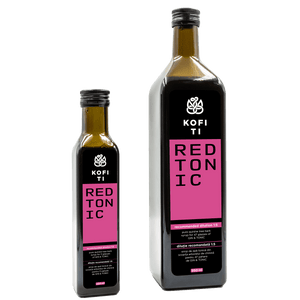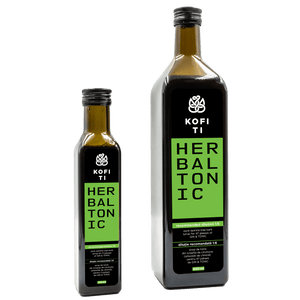You've drank bottled tonic water many times, but maybe you've never wondered what it's made of. Or maybe you are among those who know that tonic water contains quinine, but you have never followed through on the story.
Legend has it that when Europeans arrived in South America they started getting malaria and turned to the local natural remedy - a decoction of cinchona bark. The bark of this tree is the only natural source of quinine. Until the middle of the 20th century, tonic water was part of the standard daily ration for European colonial troops, and all soldiers were required to drink it as a prophylactic. Due to the high concentration of quinine, the drink was very bitter, and to "sweeten" it, they sweetened it and mixed it with gin. Thus born the famous Gin & Tonic.

After the Second World War, with the advent of chloroquine, cinchona bark was used less and less until it was forgotten. And for commercial bottled tonic water (so beloved by Gin & Tonic lovers) synthetic quinine was also used.
Currently there are very few producers worldwide who use cinchona to produce tonic water. And you can count those from Europe on one hand. Why are we so stubborn about using cinchona bark?
- because one of the basic principles by which we created and grew the Kofi Ti brand is the authenticity of the ingredients
- because the cinchona infusion extracts from the bark, in addition to natural quinine, dozens of other natural compounds that work synergistically in the body, potentiate and complement each other.
- because in a world full of identically natural flavors we choose the natural, as found in the various plants
And precisely because we use natural ingredients, the original Kofi Ti tonic water has a complex sweet-bitter-astringent taste and a beautiful rust color.
Try it yourself in the ready-to-drink versions - Original Tonic Water and Hawaii Tonic Water , with hibiscus, cardamom and lemongrass.
Or choose the syrup to play bartender in your own kitchen
 +4 0765 331 103
+4 0765 331 103 contact@kofiti.ro
contact@kofiti.ro




![Tonic Herbal | apă tonică din chinină naturală [sirop] freeshipping - Kofi Ti](http://kofiti.ro/cdn/shop/products/ingrediente-rama-herbal-2_ff24846f-af57-4fed-8335-0fd32d92b6df_300x.png?v=1669674113)
